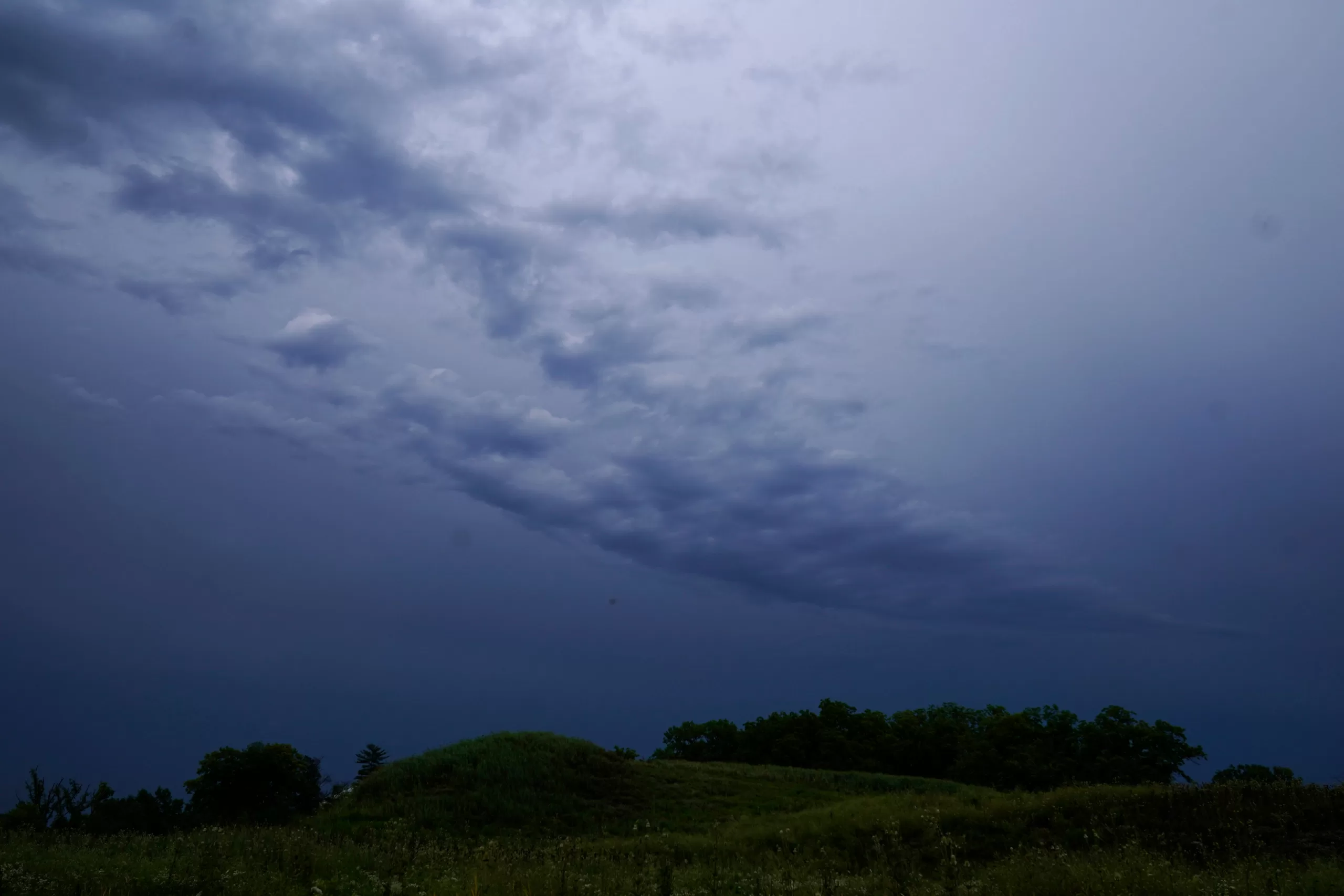
The end of July means the hottest month in 120,000 years is coming to a close. For the past four weeks, much of the United States saw record-breaking heat.
Moving into the first week of August, we can expect the extreme heat to continue, specifically in the Southeast. By contrast, according to the National Weather Service, the Northeast will see a break from the heat with a cooler week.
Much of the Midwest and the West will see heavy rains this week, with some areas expecting thunderstorms.
Here’s what to know about the weather ahead.
Thunderstorms in the Northern and Central Plains and Southwest
The Northern/Central Plains may see strong thunderstorms from upper-level energy and moisture producing heavy rain. Parts of the Great Basin and Central Rockies may also see rain Monday. There is a chance that flash flooding may occur.
The Desert Southwest and the Four Corners region can expect “Monsoonal rainfall” early this week as well, according to NWS.
Excessive heat in the Southern Plains
The lower Mississippi Valley and Southeast United States will see hot high temperatures and hot low temperatures early this week, which prevent cooling at night and create conditions leading to heat advisories and warnings. The region can potentially expect another heat wave this week.
The region can expect temperatures in the triple digits, according to NWS.
More:Dehydration can be exacerbated by heat waves—here’s how to stay hydrated
Cooler weather in the Northeast
Low atmospheric pressure will bring a cold front from Canada to the Northeastern, spreading as far south as the Carolinas. States along the East Coast can also expect less humidity early this week.
Not all of the East Coast will experience a break from the heat. High temperatures and humidity will persist in Florida.
Dry conditions in the Pacific Northwest
The eastern North Pacific will face higher than usual temperatures to the Pacific Northwest, as well as dry conditions.
Some parts of the region are under watch for increased risk of fires.
US weather watches and warnings
Parts of the following states are under heat advisories or excessive heat warnings: Alabama, Arkansas, Georgia, Florida, Louisiana, Mississippi, Oklahoma and Texas.
Parts of Washington, Oregon and Idaho are under “Red Flag Warnings,” meaning high temperatures and gusty winds create an increased risk for fire.
